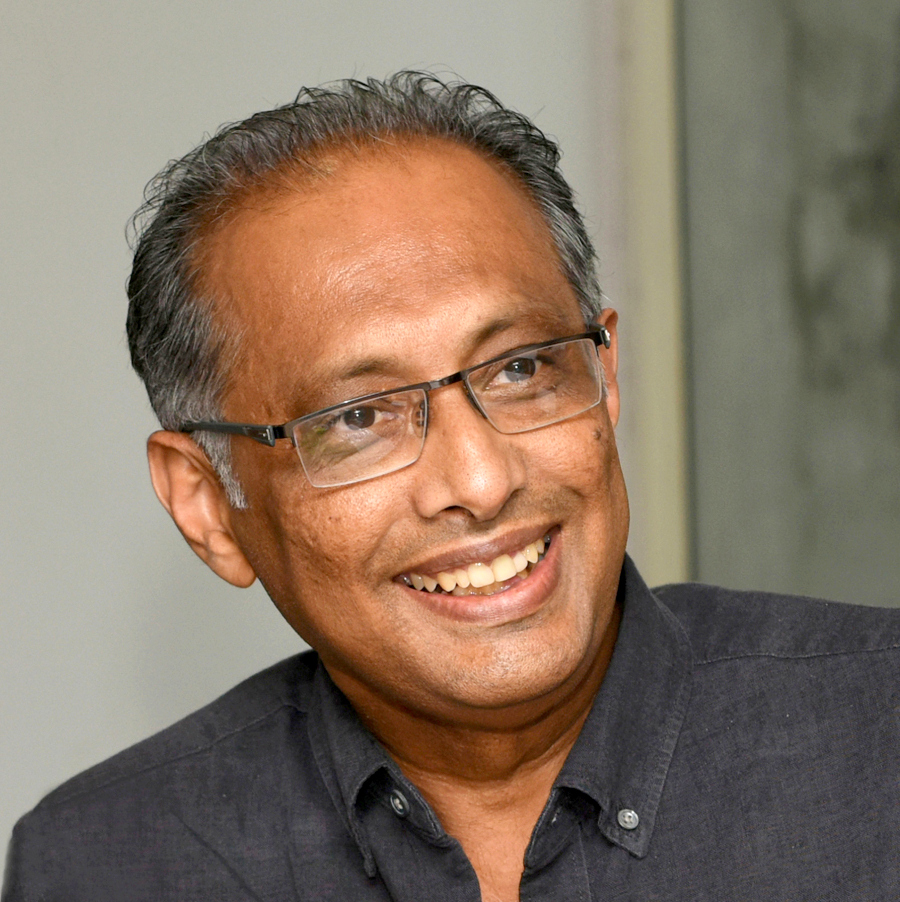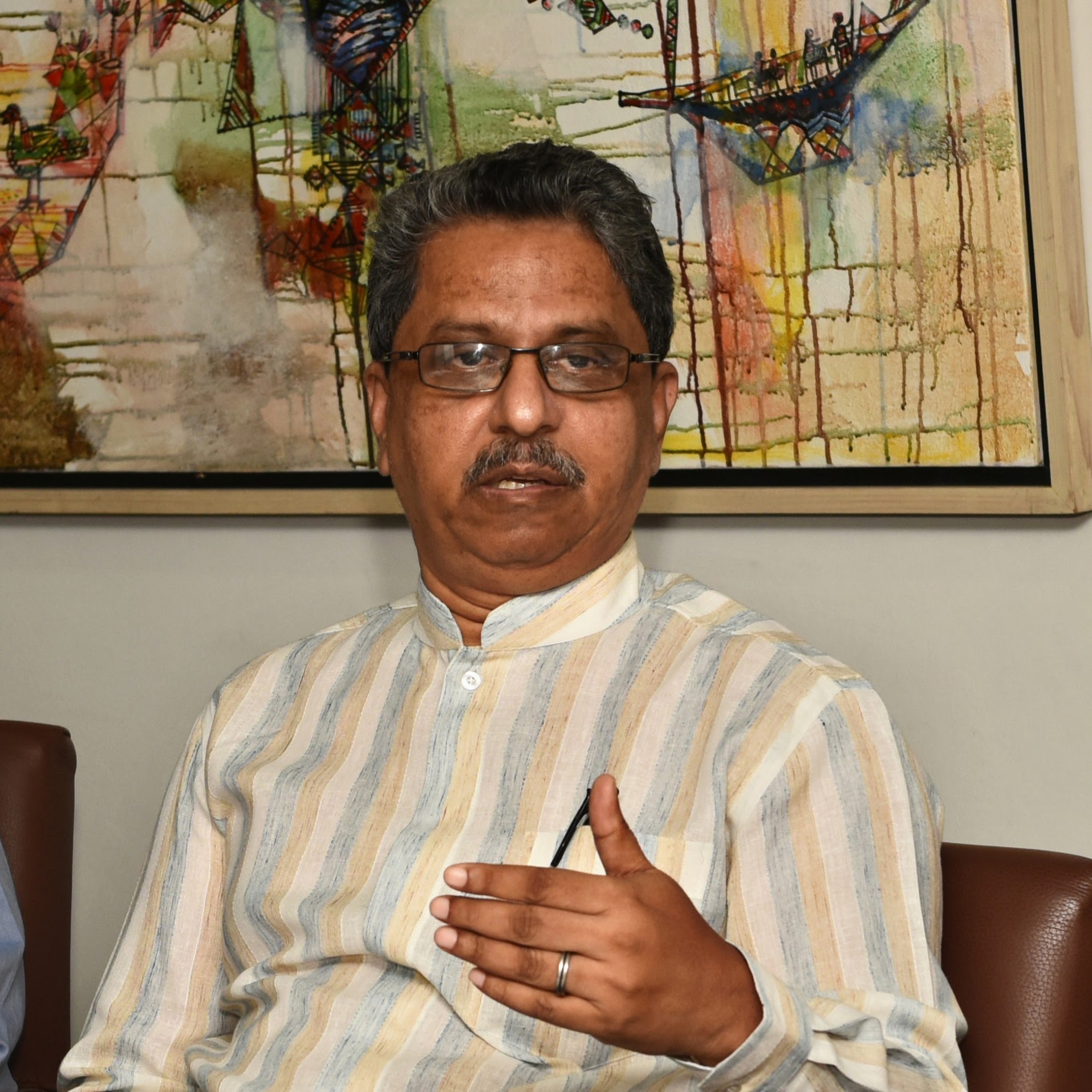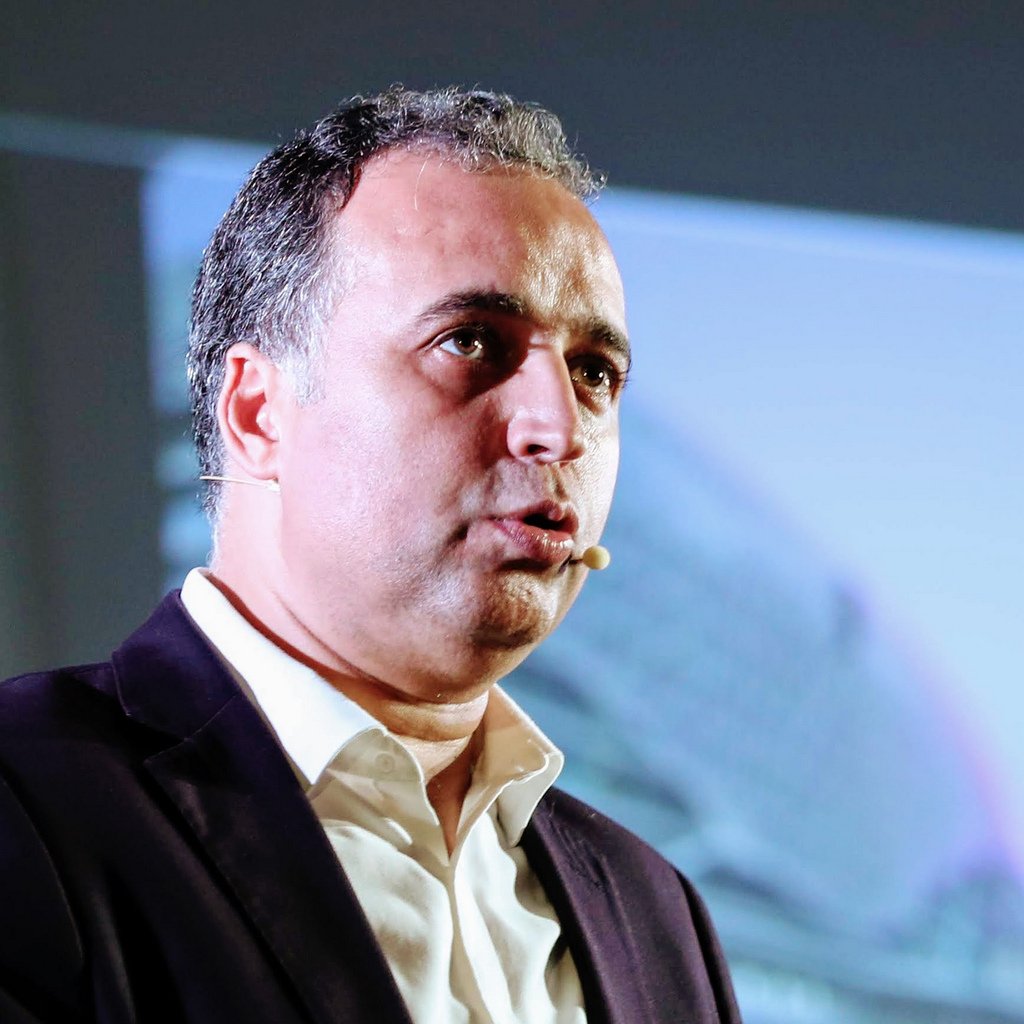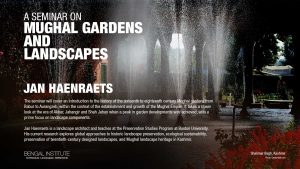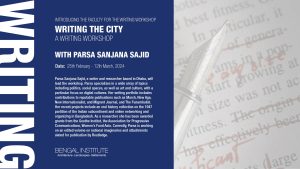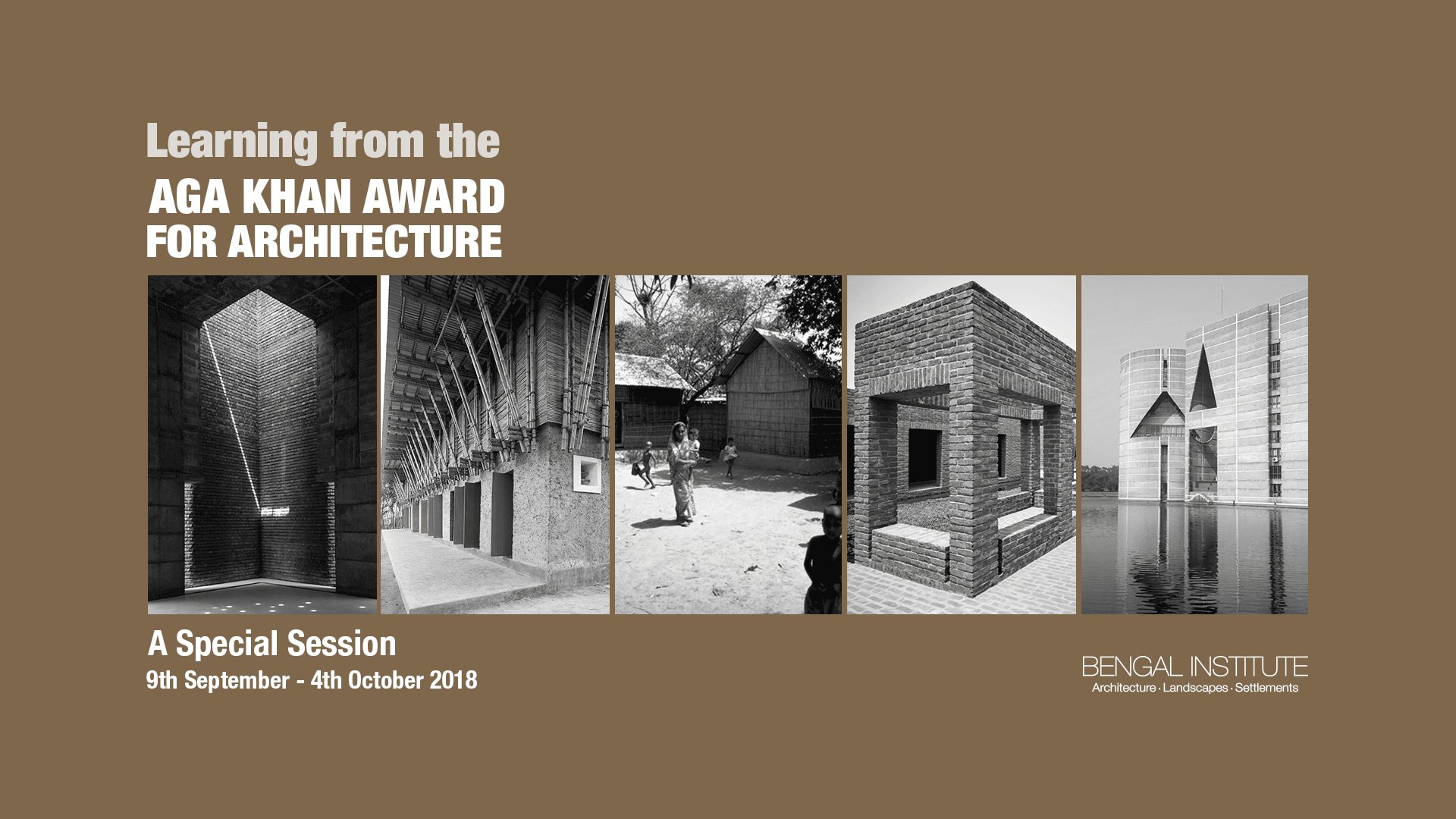
Learning from the Aga Khan Award for Architecture: September 2018 Session
Sun 9 Sep - Thu 4 Oct' 18
It was a special session focusing on the Aga Khan Award for Architecture winning projects. Faculties include former AKAA Secretary General Suha Ozkan, Moroccan architect, writer Hassan Radoine and AKAA winners.
Learning from the Aga Khan Award for Architecture
Bengal Institute, with AKTC, conducted a special course on architecture that shapes our thinking and practice.
The Aga Khan Award for Architecture remains one of the most influential institutions shaping the discourse of architecture today. Through the awards program, as well as conferences and publications, the Aga Khan Award for Architecture set the tone of how architecture should take shape in the culture and life-world of a region. Being some of the most impactful works in the last several decades, Aga Khan Award winning projects have provided guiding principles to many architects and students.
Sponsored by the Education Programme of the Aga Khan Trust for Culture (AKTC), Bengal Institute organised the month-long academic session that offered a unique opportunity of learning about the program. Using the rich archive and resources of the Award program, and bringing together award winning architects, and prominent scholars as faculties, and members of the communities benefited by the Award, the Session offered a unique learning experience.
Updates from the Session
History and Overview of Aga Khan Award for Architecture
Suha Ozkan, Founder of the World Architecture Community and former Secretary General of Aga Khan Award for Architecture started off Bengal Institute’s Academic Session “Learning from the Aga Khan Award for Architecture” with three lectures.
While reminiscing Ozkan said:
“Aga Khan Award for Architecture started in 1977, I was teaching in Ankara then. But I was rather hesitant to be involved. Architecture cannot be determined by faith, I believed. I joined in 1981 and said award should identify buildings that had historical and cultural values, but not faith.”
Having stayed as the Secretary General, he talked about the unique projects that had won the award in the past and the attributes that made them remarkable.
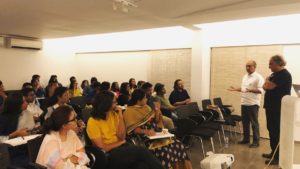
Architecture for the Communities
Eike Roswag-Klinge of ZRSBerlin during his lecture at Bidyapeeth, he won the Aga Khan Award for Architecture jointly with Anna Heringer in 2007 for the METI School in Dinajpur. It was a remarkable example of using local building materials and involving the local communities into building a two storied mud and bamboo school.
Roswag gave a public titled “Creating Natural Change for the Built Environment“ at Chhayanaut, Dhanmondi.
“We are adapting traditional building materials on old houses and modernising them, and these constructions reduce strain on resources.”
Ahsraful Hassan of Grameen Bank told the story of his journey with Grameen, and the formation of the Grameen Housing Project that won the Aga Khan Award for Architecture in 1987-1989 cycle. He explained the contextual background of the project, and how it evolved over time along with the social and economic shifts in rural Bangladesh.
Jalal Ahmad showed the project ‘Disappearing Lands: Supporting communities affected by river erosion’ in his lecture, a prime example of how to holistically solve the problem of rehabilitating ‘climate refugees’ by designing self-sustaining villages from scratch. He gave some practical insights from experience about working with the communities in the natural disaster-affected areas in Bangladesh. He also showed some works around the informal settlements in Dhaka city; how to navigate these works with proper approach and response.
Khondaker Hasibul Kabir spoke about Community Architecture’s presence and position, understanding, CoCreation and Education. He pointed out the miscommunication that often finds its way between architects and community members, specially how typical architectural drawings fail. He recommends let the community draw and make their own models. It empowers them and gives them immediate sense of ownership and the models help them quickly understand the design.
Hasibul Kabir eloquently discussed the causes of the people’s sentiment regarding brick as a material as opposed to biodegradable mud and bamboo. Why they often rather want to make brick built building, for its permanence, and social status.
A Discussion Forum on ‘Subaltern Architecture’
Moderated by Saif Ul Haque, participated by Marina Tabassum, Khondaker Hasibul Kabir, Fuad Abdul Quaium and Jalal Ahmad, the forum discussed the nature of what is often described as subaltern architecture. It also asked some of the fundamental questions about the profession of architecture, who architects serve for and how it can embrace marginal communities, and what should be our approach to designing for the people who otherwise would have never reach out to hire an architect.
“Shall we attempt to teach the ‘communities’ or learn from them about how to build?” – asked Fuad Quaium.
Marina Tabassum said,
“Architects must learn the language of architecture practiced by those subaltern people practicing while making their own habitats. Architects can make their own contributions like the technical know-how, infrastructure development etc. This is where architects can intervene, but before that, architects must learn first.”
The forum also discussed the nuances proving crucial to contribute to the subaltern communities. Adding to the idea, Hasibul Kabir added,
“Low cost housing is not really the architect’s responsibility. Making it low cost is an economist’s job. Architects can only provide the design for space. Whenever we get out of our comfort zone and explain our profession to the subaltern people, our profession seems like a marvellous thing. The demand of the profession must be increased, only then will the supply go up.”
Community based Programs Unfold
Avid musician, scholar and father of the co-founder of Friendship NGO, Alim Ur Rahman Khan, talked about the Aga Khan Award winning project Friendship Centre. Deputy General Manager of Friendship Rafiquzzaman Pollob talked about the making of the Aga Khan Award winning project Friendship Centre.
Public Realm
Sher-E-Bangla Nagar to Bait ur Rouf
The realm of public activities is like a fluid space that often goes in, out and beyond the defined public spaces to buildings and enclosed spaces, like the way Giambattista Nolli’s map of Rome. Kazi Khaleed Ashraf gave a defining lecture at the beginning of the third week of the program that set the note for discussing about designing for the people, invoking critical questions about the definition of public space and our fundamental understanding of it.
Designing the Public Realm
Marina Tabassum spoke from her own experience of designing public spaces and buildings with community and public functions. She elaborated on the design of the Museum of Independence and its journey into marking the physical form, and also the Bait Ur Rouf Mosque. In doing so, she also pointed out the challenges an architect faces while taking up a project of designing the public realm,
“Architects don’t get to design public spaces, we get involved through competitions. It is usually the government who does it. There is a disconnect between the user and the government; this is an important agenda which hasn’t been a focus.”
Discussion Forum: Design in the Public Realm
with Salauddin Ahmed, Nurur Rahman Khan, Marina Tabassum and Zainab Faruqui Ali, moderated by Kazi Khaleed Ashraf.
The public realm is defined differently by people from different disciplines. There is a new word to describe it in Bengali, গণপরিসর। Is it easy to encroach the public realm as there is no strict boundary? Is there a gap in how we think about the public realm? Where are we with the notion of the public realm at this point? Starting with these questions Kazi Khaleed Ashraf commenced the forum. Zainab Faruqui Ali briefly presented her ideas and examples of designing in the public realm. In discussing how public spaces can relate or rather communicate with people, several ideas came into discussion, including the condescending norm of establishing boundaries into the public realm to which Salahuddin Ahmed added,
“The success of a space lies not in its vastness but in its intimate nooks and crannies. Like Kahn did for the south plaza.”
Nurur Rahman Khan showed some compelling evidence of how the South Plaza of the Parliament Building played a crucial role in defining the public spaces for Dhaka.
Urban Transformations and Regenerations
Discussion Forum: Urban Transformations
– with Hassan Radoine, Kazi Khaleed Ashraf, Ehsan Khan and Fuad Mallick, moderated by Saif Ul Haque.
The forum evoked the conscious necessary for identifying the urban equity as Hassan Radoine said, there are international guidelines and expertise for urban transformation, but it is the transcendence of individual experiences. But the reality on the ground is very complex.
Fuad Mallick pointed out that transformation has to have environmental consequences, not all of which is understood clearly by all of us. But we need to dig deeper and ask ourselves what the future cities will look like. The forum also brought out propositons to questions: how one measures the quality of life? How architects can participate in creating that vision of the future, the territorial transformation that includes all the complexities – social, health, environmental – how architects get it done really.
Urban Regeneration
Seminar on Urban Regeneration was conducted by Moroccan architectural critic, author and consultant Hassan Radoine.
Public Lecture: Architecture in the Middle East – by Hassan Radoine
Hassan Radoine talked about the transformations of middle eastern architecture… read more.
Photos from the Session
Link to this page for easy sharing: http://bit.ly/BISept2018
Faculty
Upcoming Program
Past Program
Publication
